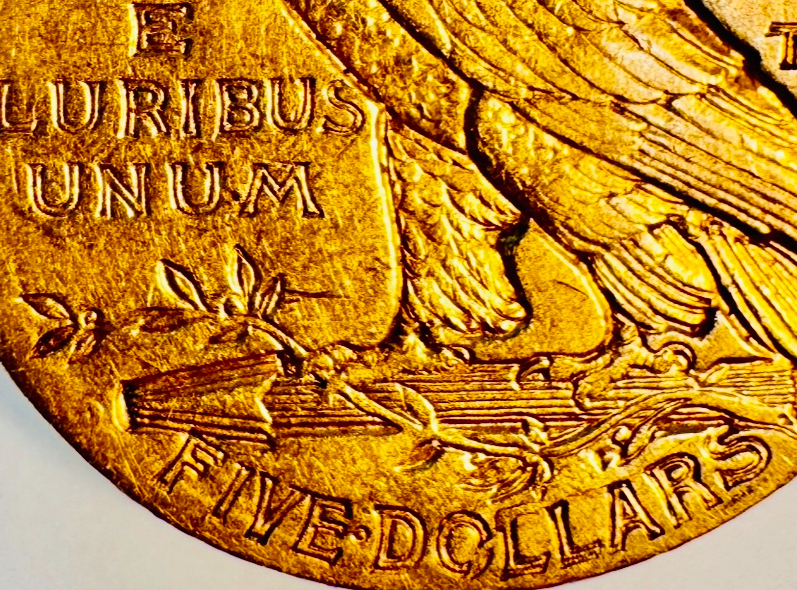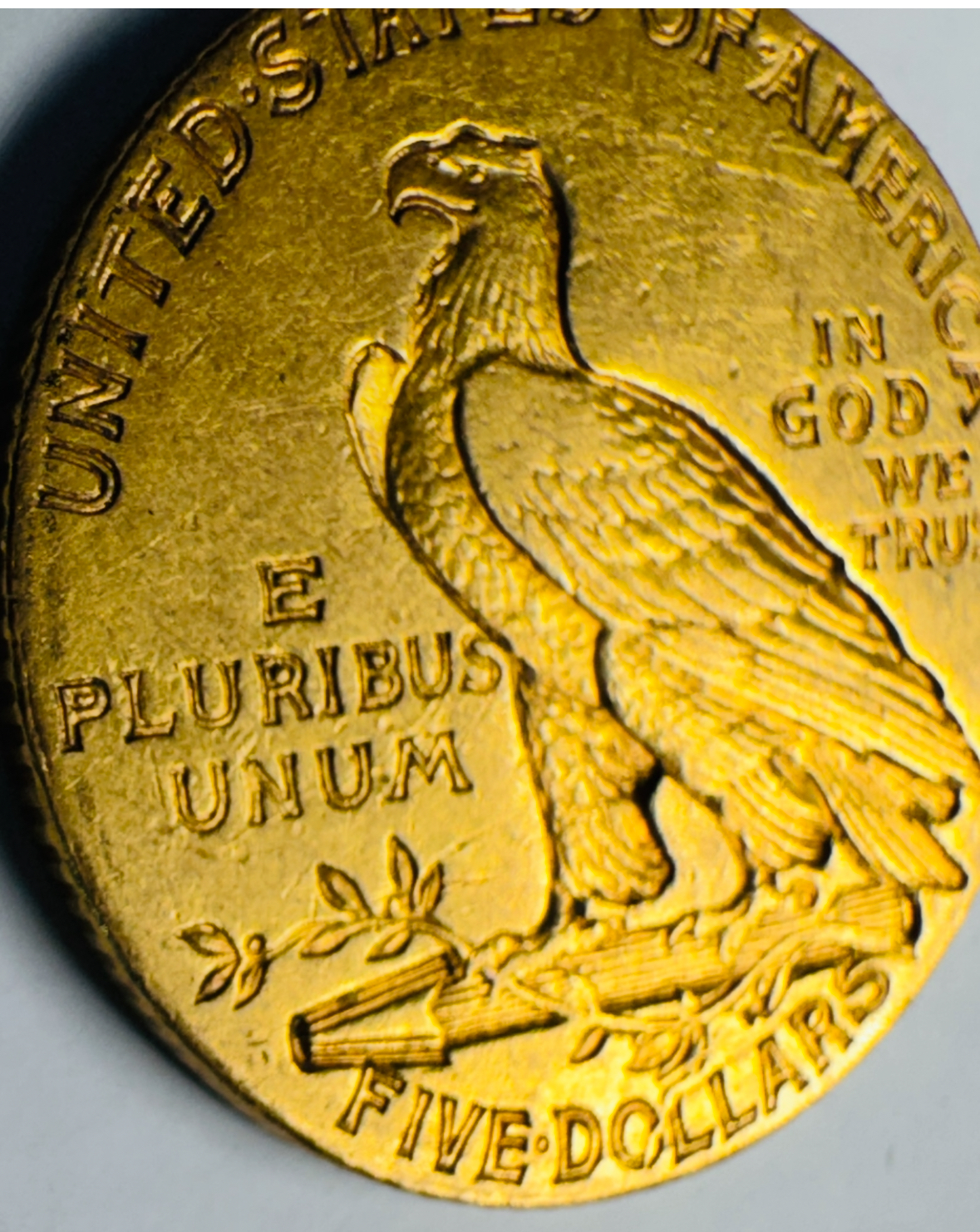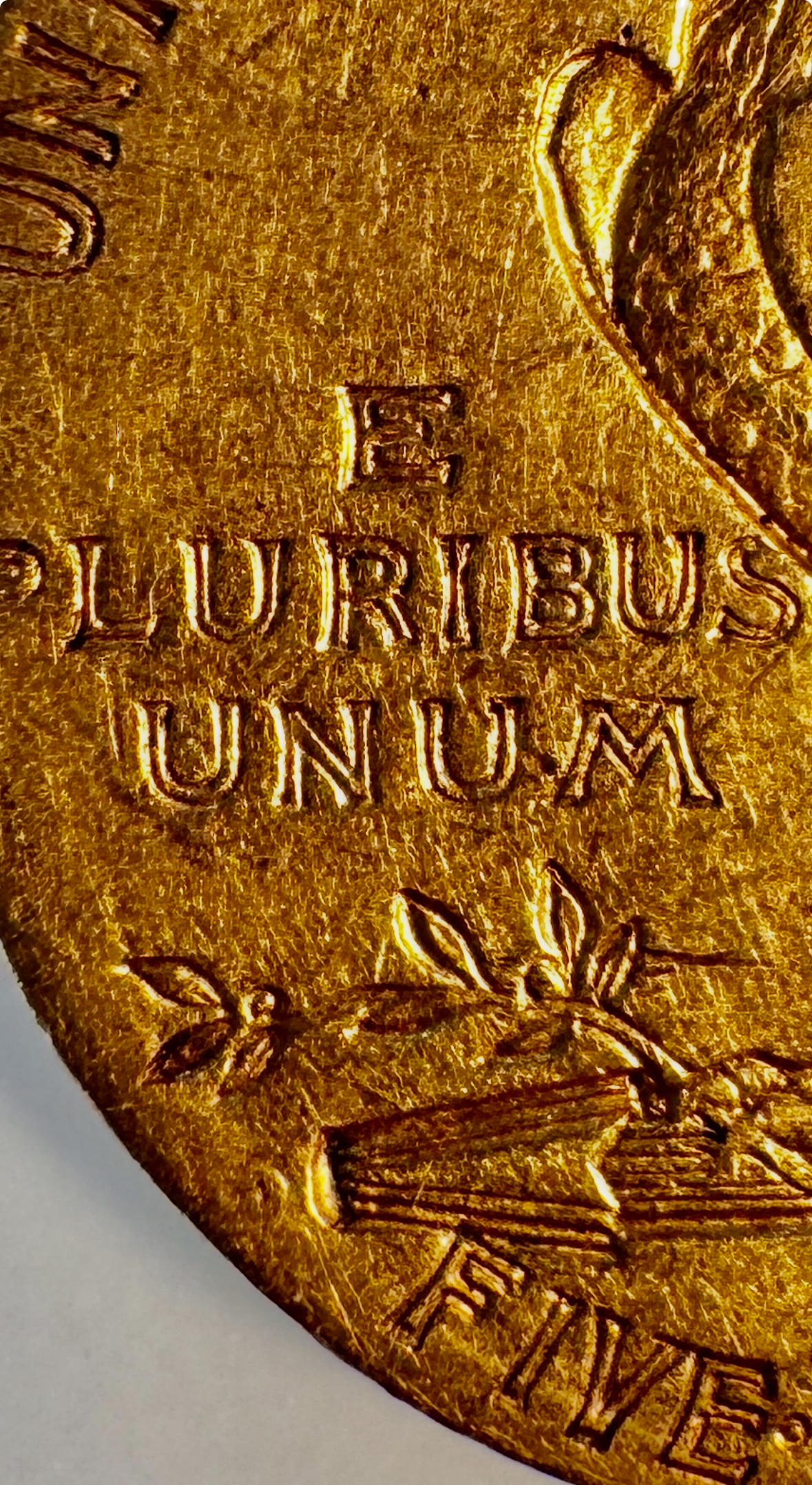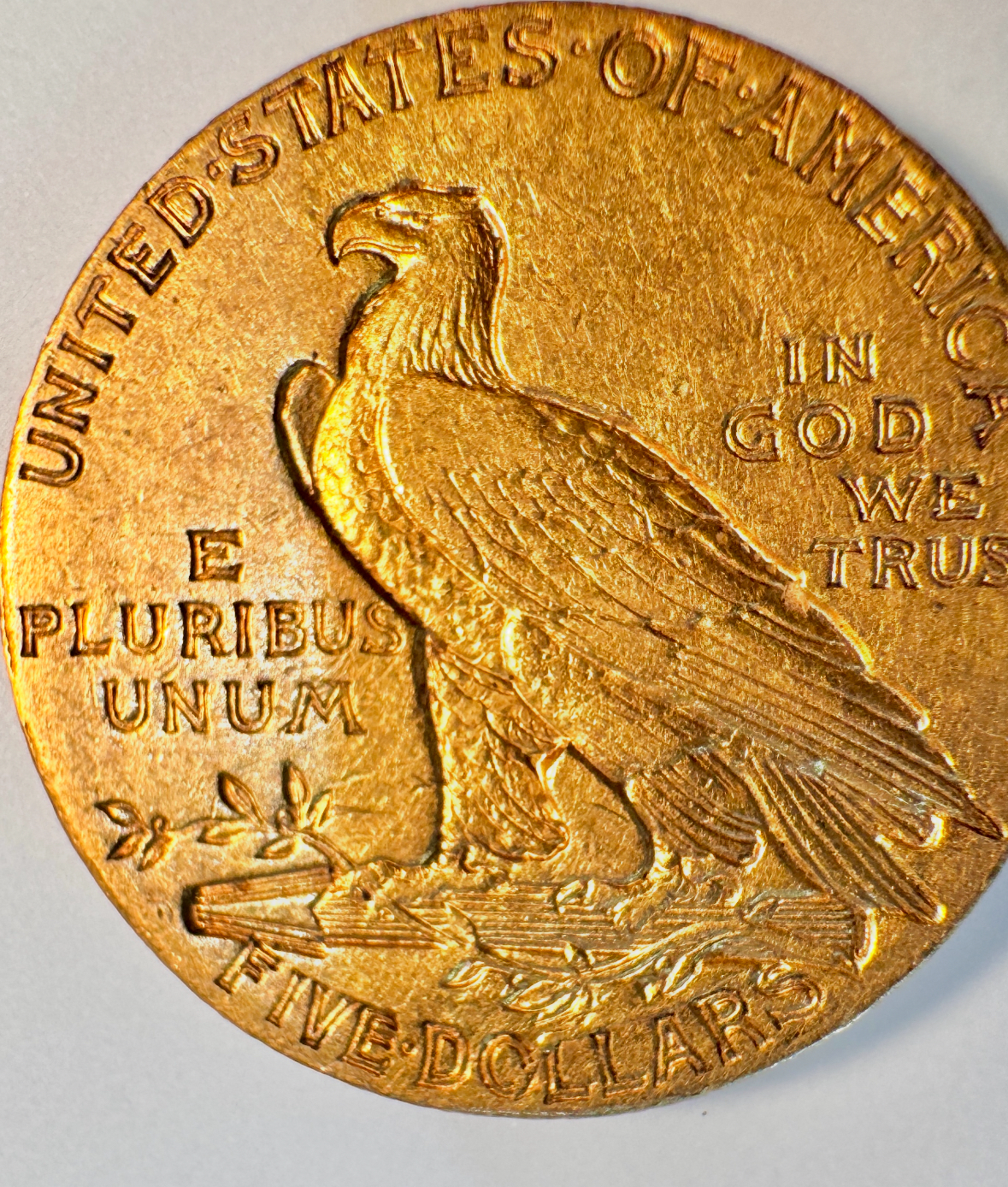Does this half eagle have a known attribution?
Hello I’m new to this world, can somebody help identify or attribute this anomaly?
Tagged:
0
Hello I’m new to this world, can somebody help identify or attribute this anomaly?
Comments
Looks like a die crack. If that piece of the die breaks away, it will become a die break which is also called a cud.
Worry is the interest you pay on a debt you may not owe.
"Paper money eventually returns to its intrinsic value---zero."----Voltaire
"Everything you say should be true, but not everything true should be said."----Voltaire
So is that a mint error?
More of a late die state with the die destined to be soon retired. Die cracks are fairly common and usually add no value to the coin. However, they are interesting to study and examine under magnification.
Worry is the interest you pay on a debt you may not owe.
"Paper money eventually returns to its intrinsic value---zero."----Voltaire
"Everything you say should be true, but not everything true should be said."----Voltaire
The O of dollar on reverse looks like post mint damage.
The silver near the edge to the right of the date, is that an old mount from jewelry?
or is interior of your half eagle not gold?
What is the mintmark on the reverse at the end of the arrow tips?
The 1909-O are rare and valuable, the D's not so much
It looks like possibly a retained cud (die break) on the lower reverse.
I think the question to answer, is that a known die break for 1909-O half eagles ?
I did not find one in my quick search.
There is a similar known reverse die break in 1927 quarter eagles.

https://forums.collectors.com/discussion/1028795/3-gold-coin-die-transition-set-3-coin-pcgs-holder
To shed some light on the O or D question here are some more pictures and also closer view of the Die break




